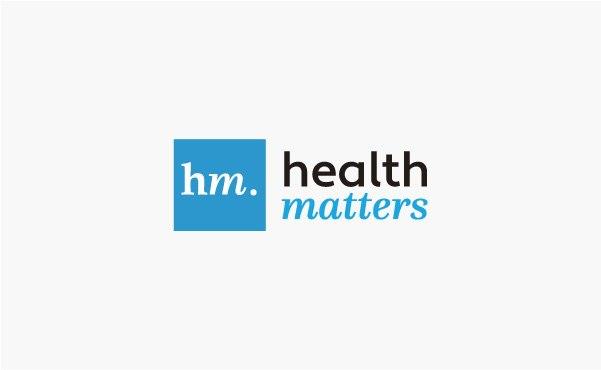
Mitochondrial Enzyme Activity – Buccal (MITOSwab)
Buccal Swab
Performed by: ReligenDX
The Mitochondrial Enzyme Activity – Buccal (MITOSwab) category includes a set of specialized biomarkers that assess how well mitochondria are functioning using cells collected from the inside of the cheek. This non-invasive method measures both mitochondrial content and respiratory chain activity, offering insight into how efficiently your cells produce energy.
Mitochondria are responsible for generating ATP—the body’s primary energy source. When they are stressed or functioning poorly, symptoms can affect multiple body systems, including fatigue, muscle weakness, cognitive issues, developmental delays, metabolic challenges, and neurological concerns. Buccal mitochondrial testing helps identify patterns that may indicate mitochondrial dysfunction, oxidative stress, or imbalances in energy production.
This category includes key markers such as:
-
Citrate Synthase (CS) — reflects mitochondrial content
-
RC-I Activity / CS Ratio — early-chain mitochondrial function
-
RC-II Activity / CS Ratio — mid-chain performance
-
RC-II+III Activity / CS Ratio — combined mid-chain electron transport
-
RC-IV Activity / CS Ratio — late-chain efficiency
-
RC-I / RC-IV Ratio — balance across the entire respiratory chain
-
Buccal Protein Yield — sample quality indicator
Together, these biomarkers create a functional profile of mitochondrial activity. While buccal testing is not diagnostic on its own, it can provide valuable supportive information for people being evaluated for chronic fatigue, metabolic issues, neurodevelopmental symptoms, or suspected mitochondrial disorders. Results are most meaningful when interpreted in combination with clinical symptoms and other metabolic markers.
Show more
Biomarkers included in this panel:
Citrate Synthase, Buccal
Citrate Synthase (CS) is an enzyme found inside mitochondria—the structures responsible for producing cellular energy. In buccal (cheek) cells, CS is used as a marker of mitochondrial content. Higher CS activity typically reflects an increased
Learn moreRC-I / RC-IV Ratio, Buccal
The RC-I / RC-IV Ratio compares the activity of Respiratory Chain Complex I (RC-I) to Respiratory Chain Complex IV (RC-IV) in buccal (cheek) cells. Because these two complexes sit at opposite ends of the mitochondrial electron transport chain, this r
Learn moreRC-I Activity / CS Ratio, Buccal
The RC-I Activity / CS Ratio measures how well Respiratory Chain Complex I (RC-I) is functioning relative to the number of mitochondria present in cheek (buccal) cells. Complex I is the first major entry point for electrons in the mitochondrial elect
Learn moreRC-II Activity / CS Ratio, Buccal
The RC-II Activity / CS Ratio measures how efficiently Respiratory Chain Complex II (RC-II) is functioning relative to mitochondrial content in buccal (cheek) cells. Complex II plays a key role in both the Krebs cycle and the mitochondrial electron t
Learn moreRC-II+III Activity / CS Ratio, Buccal
The RC-II+III Activity / CS Ratio measures the combined functioning of Respiratory Chain Complex II and Complex III relative to mitochondrial content in buccal (cheek) cells. Because Complex II and III work together to transfer electrons and support
Learn moreRC-IV Activity / CS Ratio, Buccal
The RC-IV Activity / CS Ratio measures how efficiently Respiratory Chain Complex IV (RC-IV) functions in relation to the amount of mitochondria present in buccal (cheek) cells. Complex IV is a key enzyme in the mitochondrial electron transport chain,
Learn more